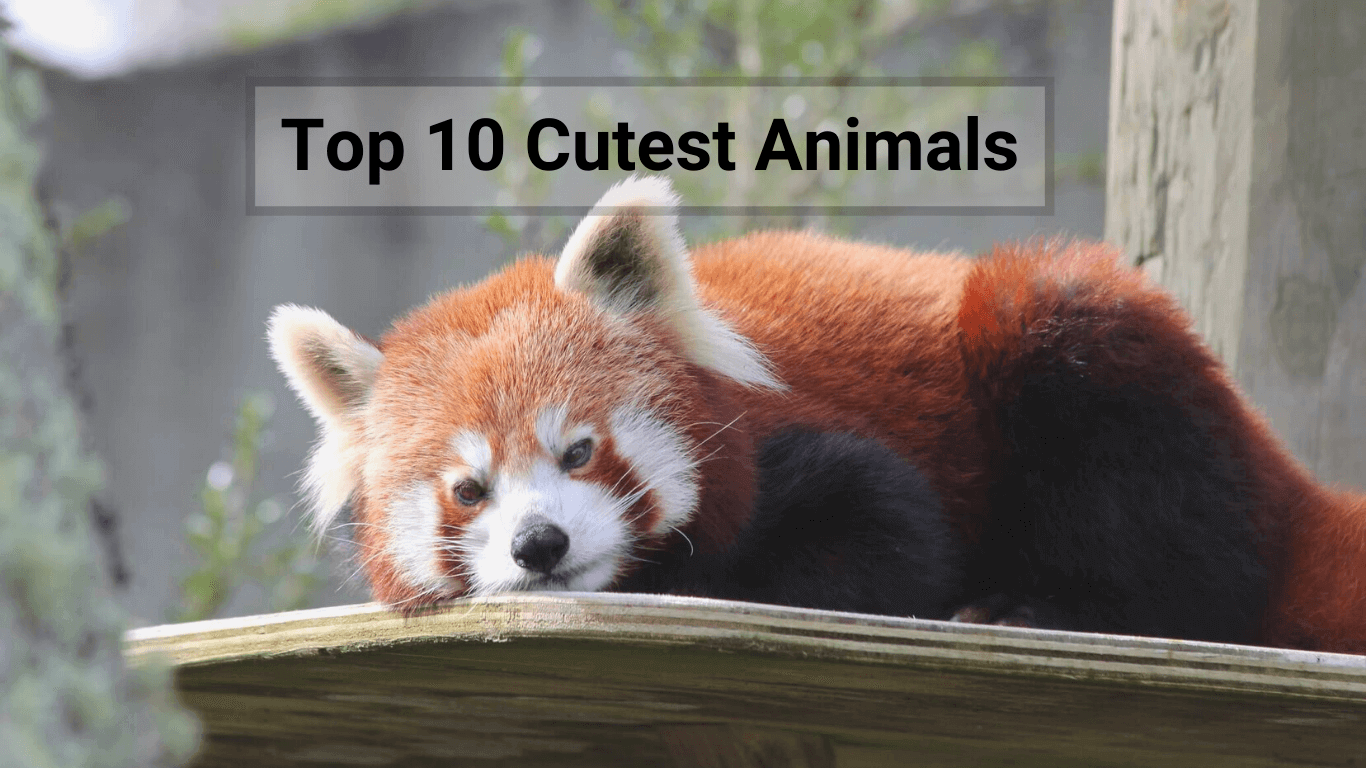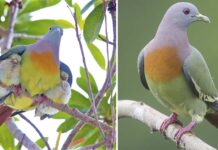Among several gorgeous animals on earth, here are the ten cutest animals of 2022 who will draw your hearts.
1. Margay:
Margay is a bit wild feline initially from Latin America. A single, nighttime feline that occupies principally evergreen and deciduous primitive timberlands. Margay likes to live in rainforests, deciduous woods, and evergreen timberlands. However, it can likewise be found close to espresso and cocoa ranches.
The populace is declining as people participate in agribusiness, field, and foundation improvement lessen the degree of the woodlands.
Margay likes to live in thick woodlands with many climbing trees. They generally prefer not to live in open spaces by any means. They have been tracked down in Central America, yet in Mexico and the Americas.
2. Red Panda:
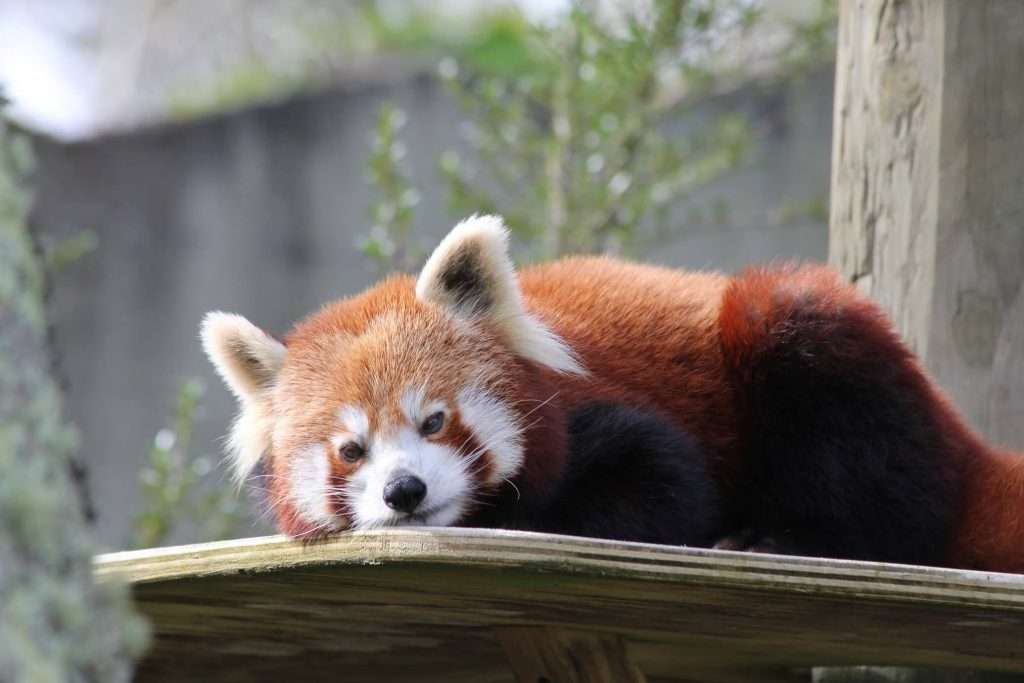
Red pandas are savage but cutest animals that generally fill the eastern Himalayas and southwestern China. The red panda was first called “Panda.” Around 50 years prior in highly contrasting assortments. These pandas usually develop to the size of a homegrown feline.
3. Elephant Shrews:
Elephant wenches, otherwise called bouncing vixens or wenches, are little bug-eating well evolved cutest animals local to Africa. Its name comes from a pointed head and an extremely long, portable, middle-like nose since quite a while ago.
In southern Africa, short-eared elephant wenches live in Namibia, Botswana, and South Africa. They incline toward natural surroundings that can dive openings in sandy soil, like dry semi-deserts, dry grass, and bushes.
4. Meerkat:
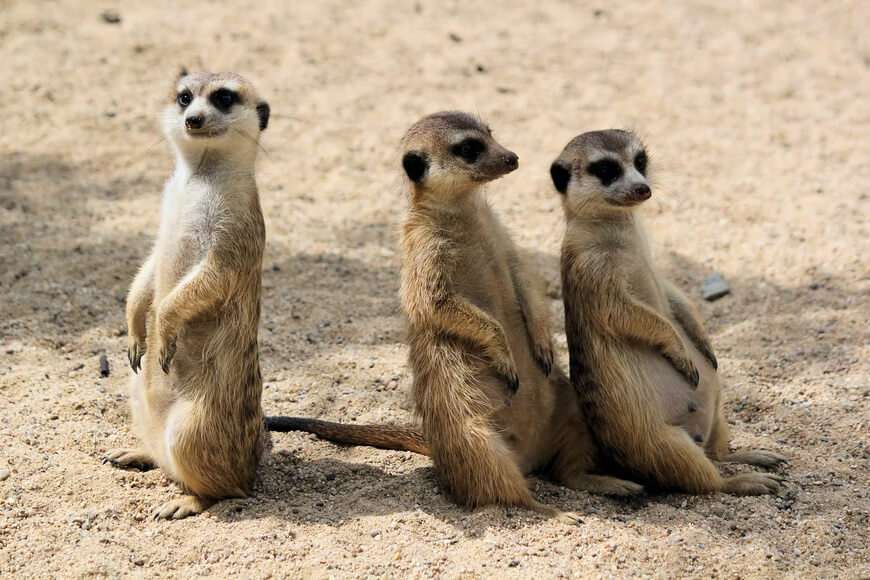
Meerkats or silicates are little mongooses found in southern Africa. It is portrayed by a broad head, huge eyes, pointed nose, long legs, a meager, tightened tail, and a spotted coat design. Meerkats are extremely friendly and regularly lucky men and play with one another.
They will generally live in gatherings. The gathering of meerkats has a profoundly evolved social construction, and people play an assortment of significant jobs locally.
5. Quokka:
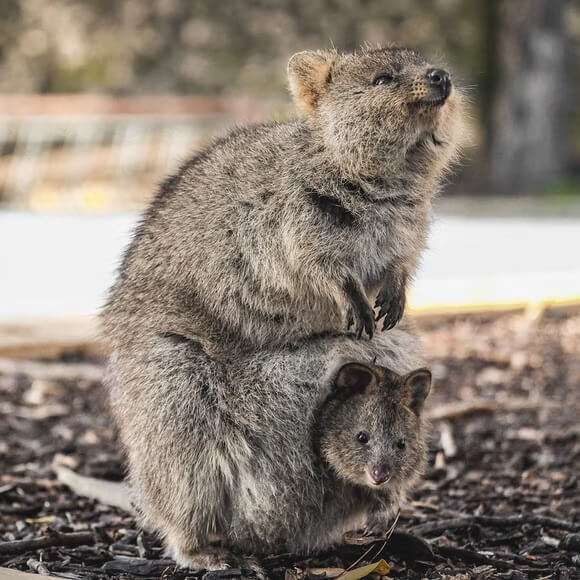
Quokka, otherwise called short-followed scour wallaby. Known as the most joyful animal on the planet, Quokka is an herbivore that primarily cares for evening time. All in all, it is mainly nighttime. They eat the leaves, stems, and bark of many plants, in any case, grass. If essential, it can get by for quite a while without food or water by eating the fat put away in the tail.
6. Flapjack Octopus:
Californian Opisthoteuthis, otherwise called the pancake octopus or mirabilis, is a sort of umbrella octopus. Although they might appear charming and guiltless, these delightful octopuses can chase and kill their prey.
Hotcake octopuses live significantly somewhere down in the sea, where there isn’t a lot of light. Babies can be found at a profundity of around 200 meters. However, grown-ups range somewhere between 500 and 1500 meters down.
7. Fennec Fox:
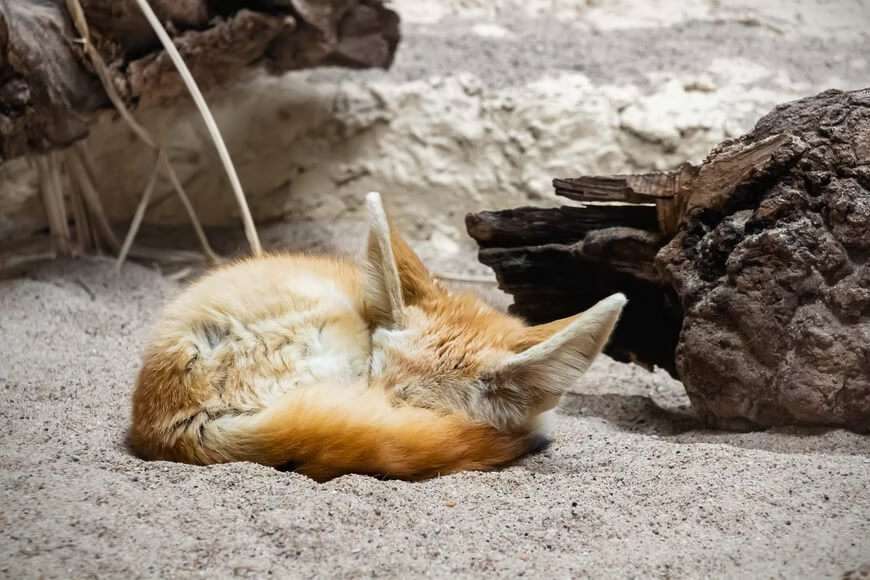
Fennec foxes are little nighttime foxes usually fill in the Sahara Desert and the Sinai Peninsula. Its most particular component is its uncommonly enormous ears that assist with dispersing heat. The fennec fox is the littlest canine species.
Fennec foxes occupy the sandy seashores of the Sahara and different pieces of North Africa. Their nighttime propensities assist them with adapting to the singing fieriness of the desert climate, and a few actual transformations also help.
8. Klipspringers:
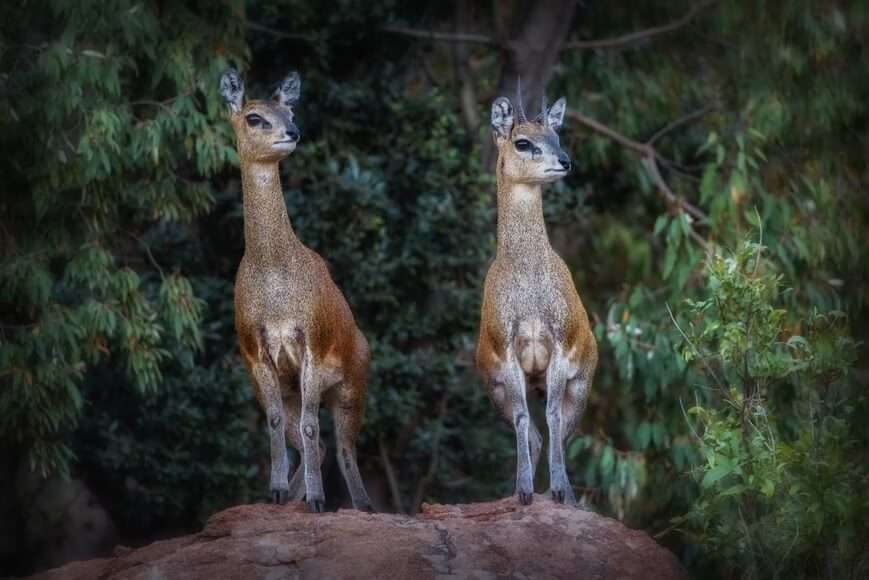
Klipspringers are little gazelle found in eastern and southern Africa. Grasshoppers live along beachfront mountains and stream gorges, from the lower regions of the Red Sea to the capes in the east of Africa and Angola in the north. Grown-up Klipspringers are nimble, quick, and all-around prepped to assist you with staying away from risk. Klipspringers work basically in the early morning and late evening, resting during the most sizzling hours of the day.
9. Numbat:
A little imperiled marsupial cutest animal local to Australia, known as a Numbat or striped insect-eating Animal (on account of its appearance). Numbats are extraordinary because they have a long, tacky tongue. It permits them to gather the termites that make up their restrictive eating routine.
Sadly, Numbats are at risk for termination because of various elements, most natural surroundings annihilation. Accordingly, there are less than 1,000 Numbats left in nature.
Numbats have been viewed as in many the dry and semi-dry areas of South Australia. Yet, just two normal populaces stay in southwest Western Australia. Dryandra Woodland and Tone/Peru Nature Reserve are the two excess normal populaces.
10. Japanese Weasel:
The Japanese Weasel is a little flesh-eating warm-blooded animal local to Japan. Its hide is orange, brown in shading, and has a dim example on its head. The throat hide is typically white. The females of this species are more modest than the guys.
The Japanese Weasel is local to Japan, found on Honshu, Kyushu, and Shikoku islands. They typically live in rocky or lush regions close to water. They will generally be situated in fields, towns, and rural areas yet attempt to avoid large urban communities.
You can also read about “30 Must-See Photos of Magnificent Species Of Animal Kingdom” from here.
